

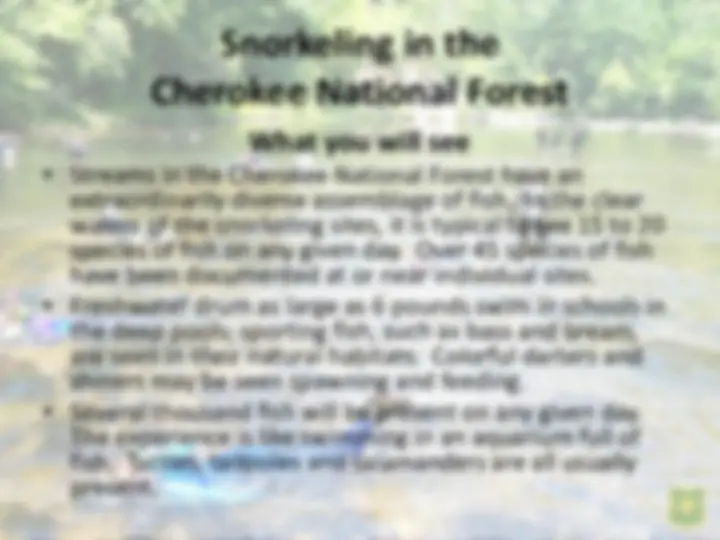
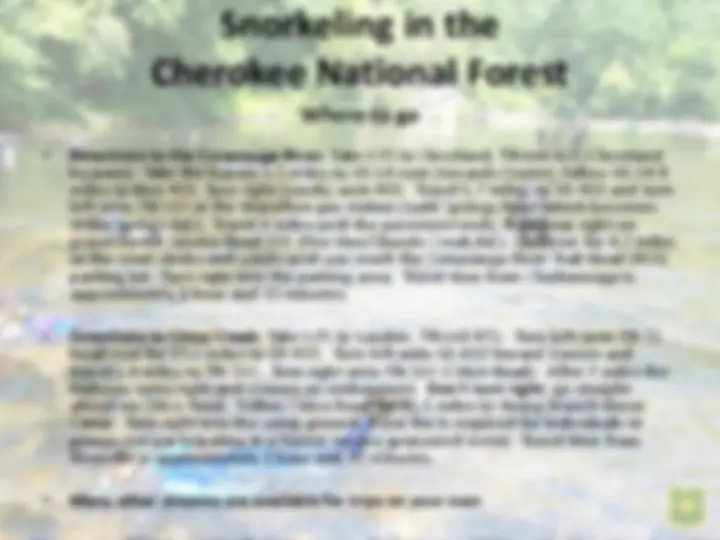
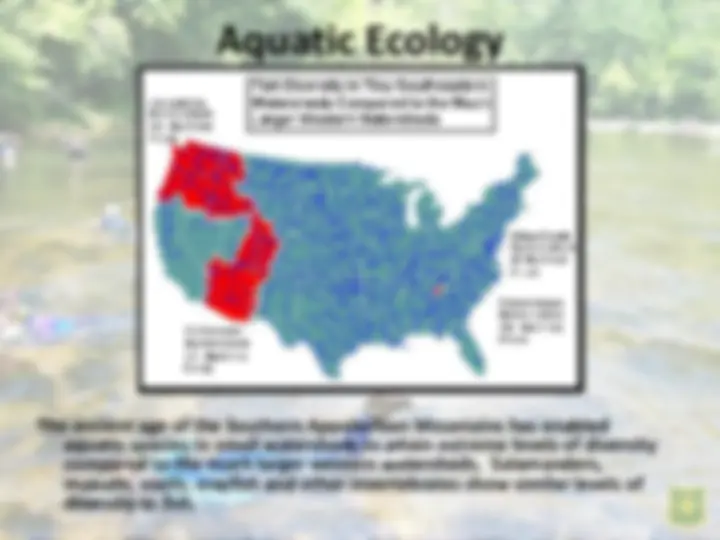
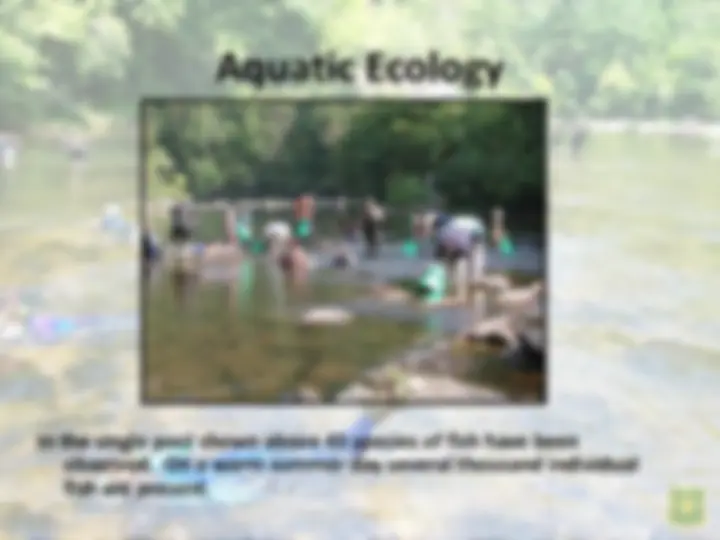
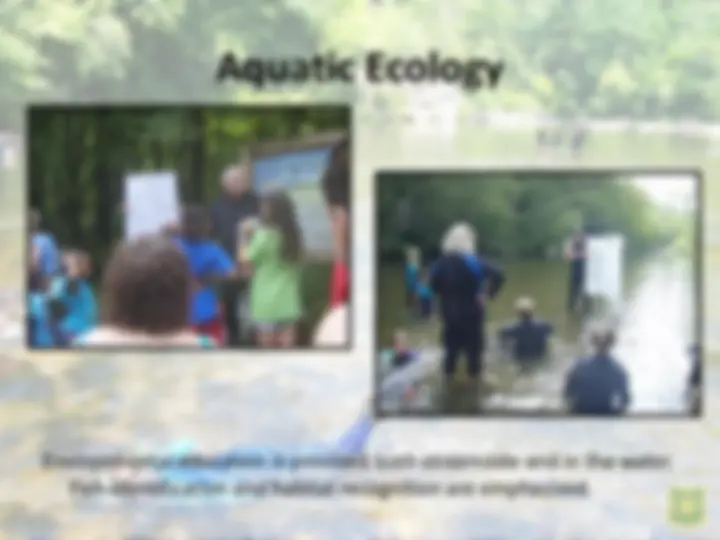
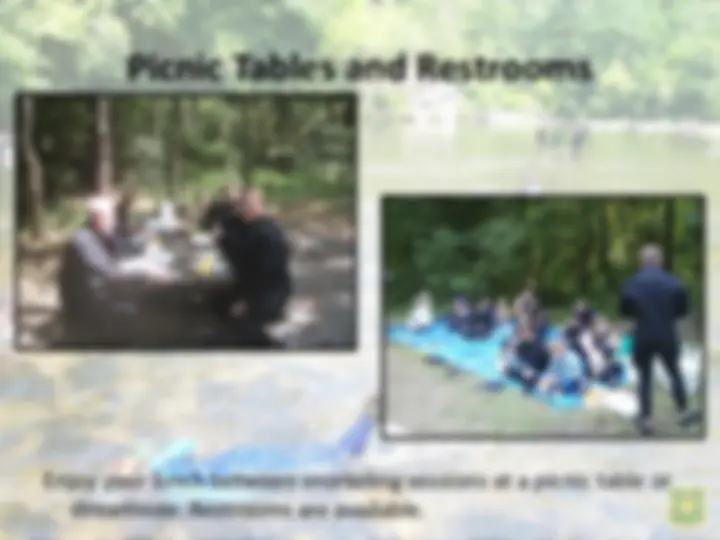
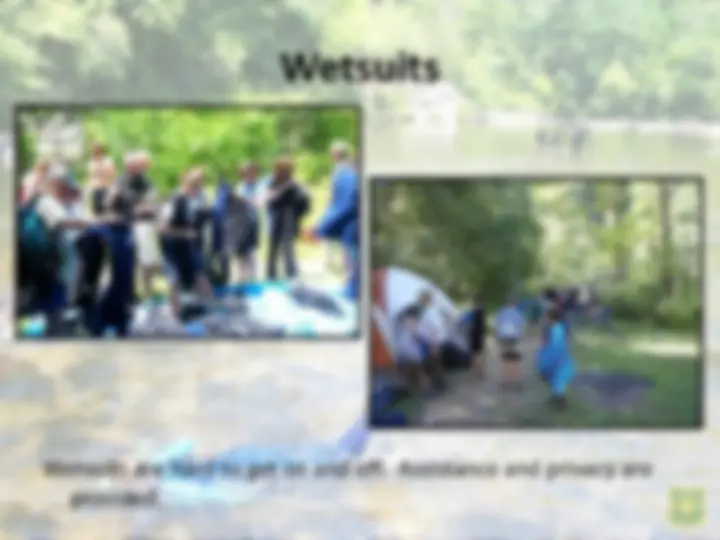
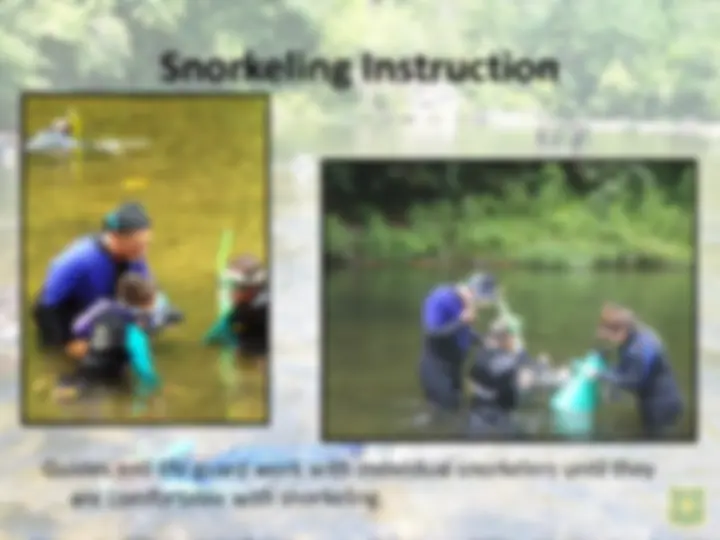
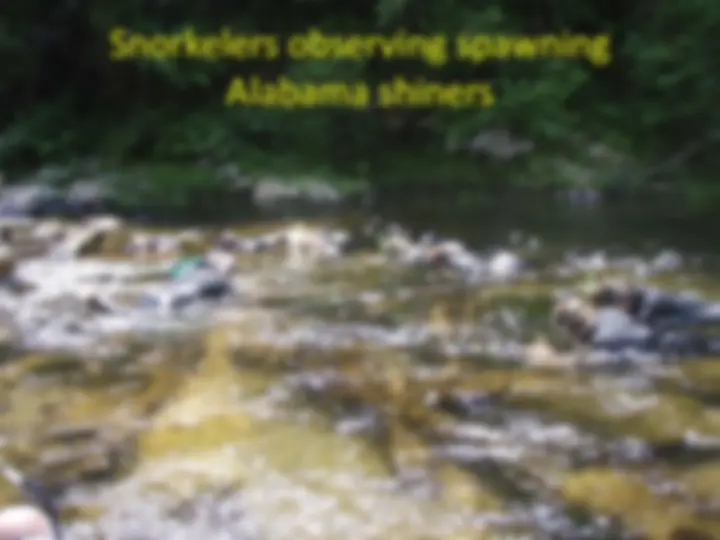
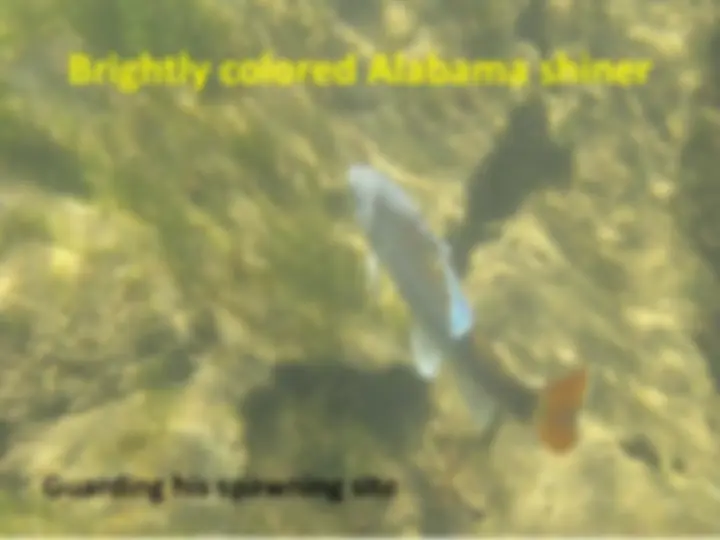
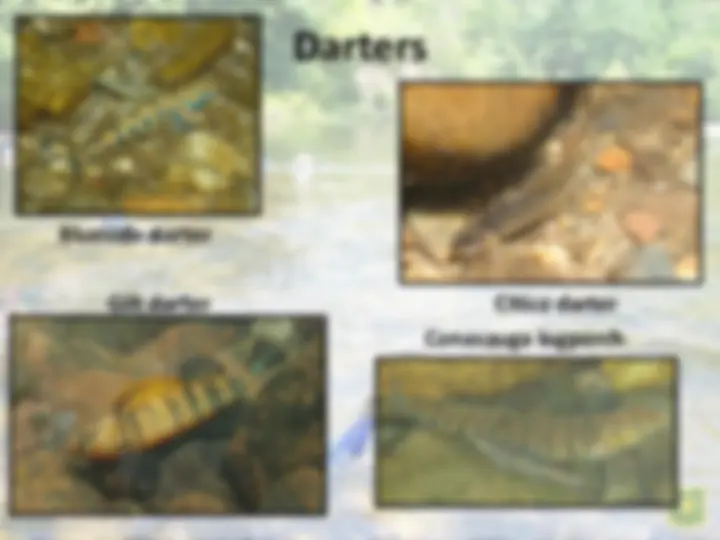
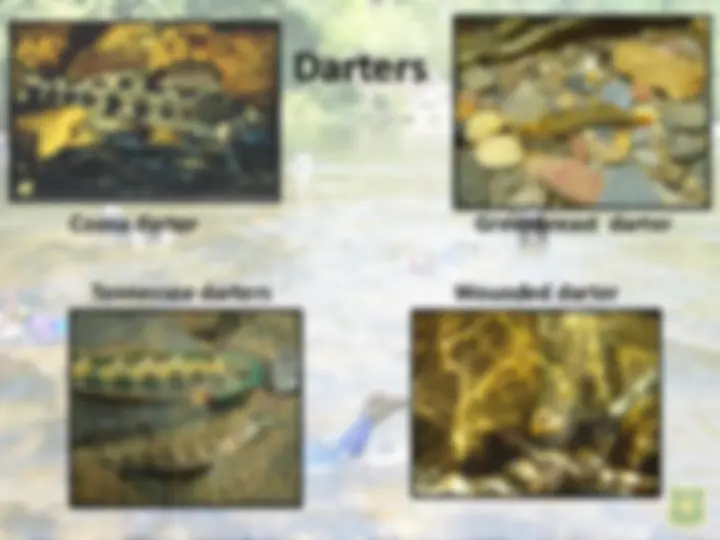
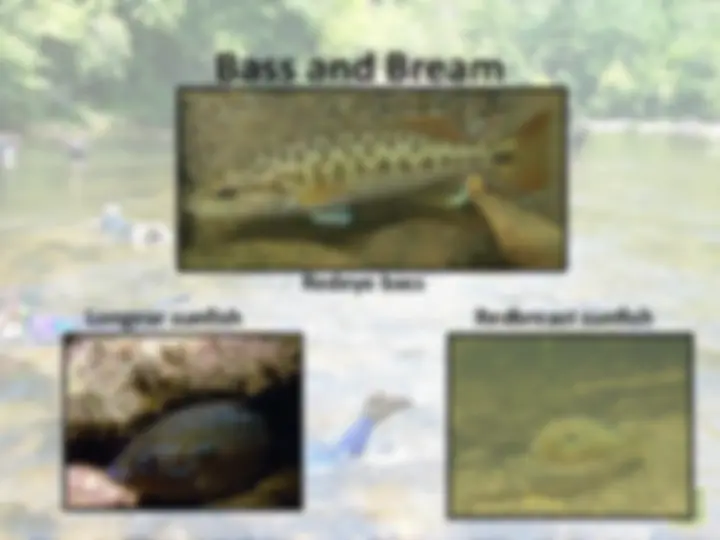
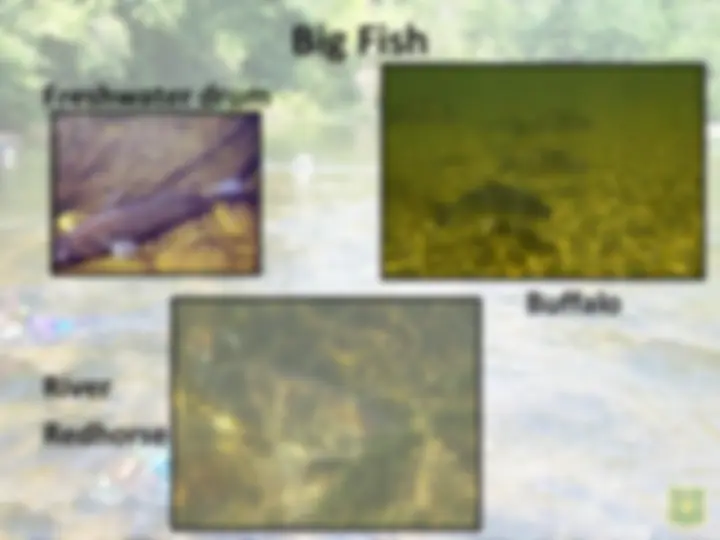
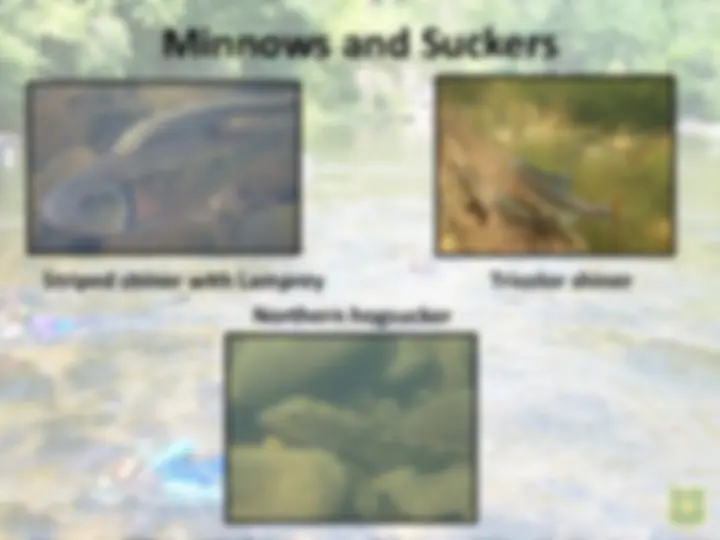

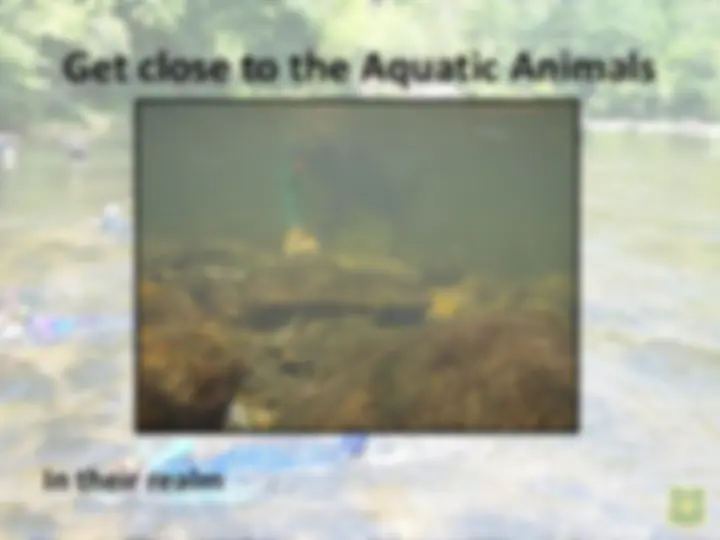
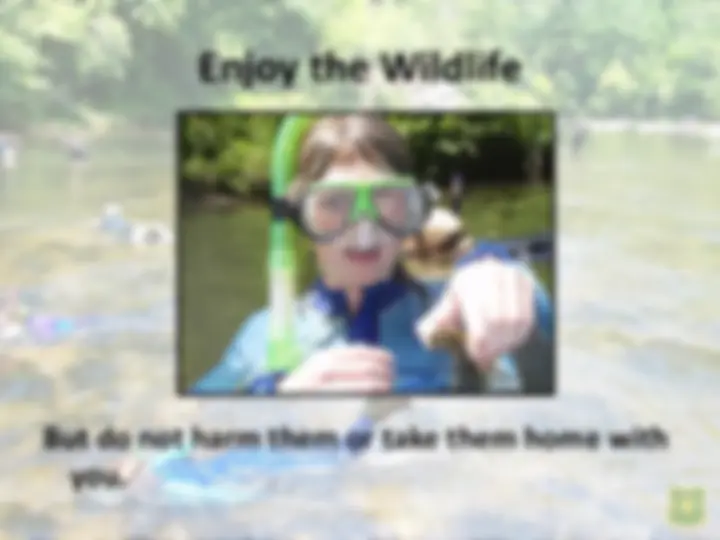
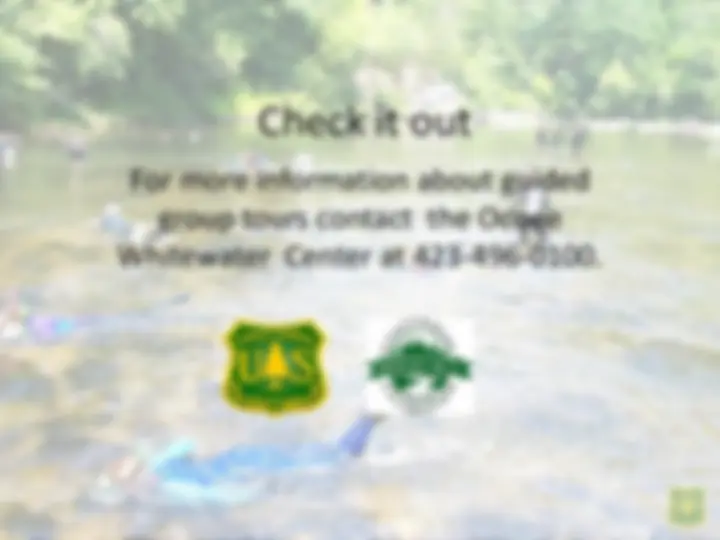



Study with the several resources on Docsity

Earn points by helping other students or get them with a premium plan


Prepare for your exams
Study with the several resources on Docsity

Earn points to download
Earn points by helping other students or get them with a premium plan
Community
Ask the community for help and clear up your study doubts
Discover the best universities in your country according to Docsity users
Free resources
Download our free guides on studying techniques, anxiety management strategies, and thesis advice from Docsity tutors
Explore the clear waters of Cherokee National Forest and discover the diverse range of aquatic animals, from fish to turtles and salamanders. This guide provides directions to popular snorkeling sites, safety tips, and information on guided group programs. Learn about the unique aquatic ecology of the Southern Appalachian Mountains and enjoy the underwater experience. Contact the Ocoee Whitewater Center for more information.
What you will learn
Typology: Exams
1 / 29

This page cannot be seen from the preview
Don't miss anything!






















Snorkeling in the
Cherokee National Forest
What you will see
Snorkeling in the
Cherokee National Forest
Snorkeling in the
Cherokee National Forest
Guided Group Programs by the Forest Service
Aquatic Ecology
The ancient age of the Southern Appalachian Mountains has enabled aquatic species in small watersheds to attain extreme levels of diversity compared to the much larger western watersheds. Salamanders, mussels, snails, crayfish and other invertebrates show similar levels of diversity to fish.
Aquatic Ecology
Environmental education is provided both streamside and in the water.
Fish identification and habitat recognition are emphasized.
Aquatic Ecology
Waterproof cards with individual and group pictures of similar
fish are available for use in the water.
Picnic Tables and Restrooms
Enjoy your lunch between snorkeling sessions at a picnic table or
streamside. Restrooms are available.
Wetsuits
Wetsuits are hard to get on and off. Assistance and privacy are
provided.
Safety Rules are Strictly Enforced
Boundaries for snorkeling are established and a vigilant life guard
oversees the entire area.
Underwater Viewing
Whether you snorkel shoulder to shoulder with your group or look
through the viewing scopes, you are going to see lots of fish.
Brightly colored Alabama shiner
Guarding his spawning site
Darters
Blueside darter
Gilt darter Citico darter
Conasauga logperch